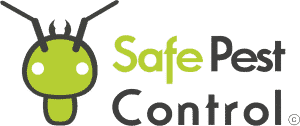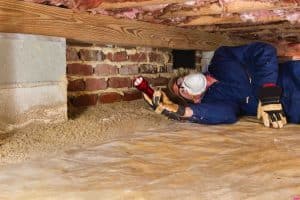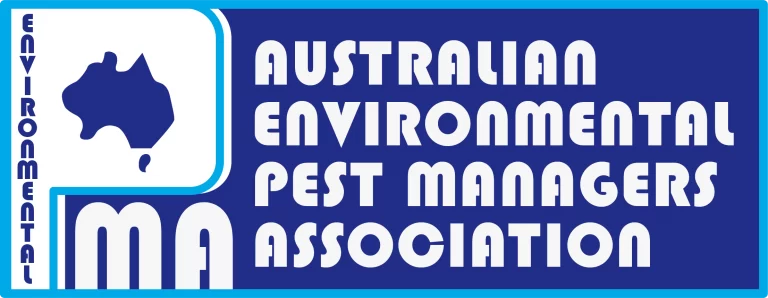Home Proofing
Home > Prevention And Control > Home Proofing
Home Proofing: Prevention Methods for Residential Settings
Food Storage:
Maintaining proper food storage is a vital aspect of home management, serving a dual purpose. Firstly, it ensures that the nutritional value and freshness of the food are retained, making meals healthier and tastier. 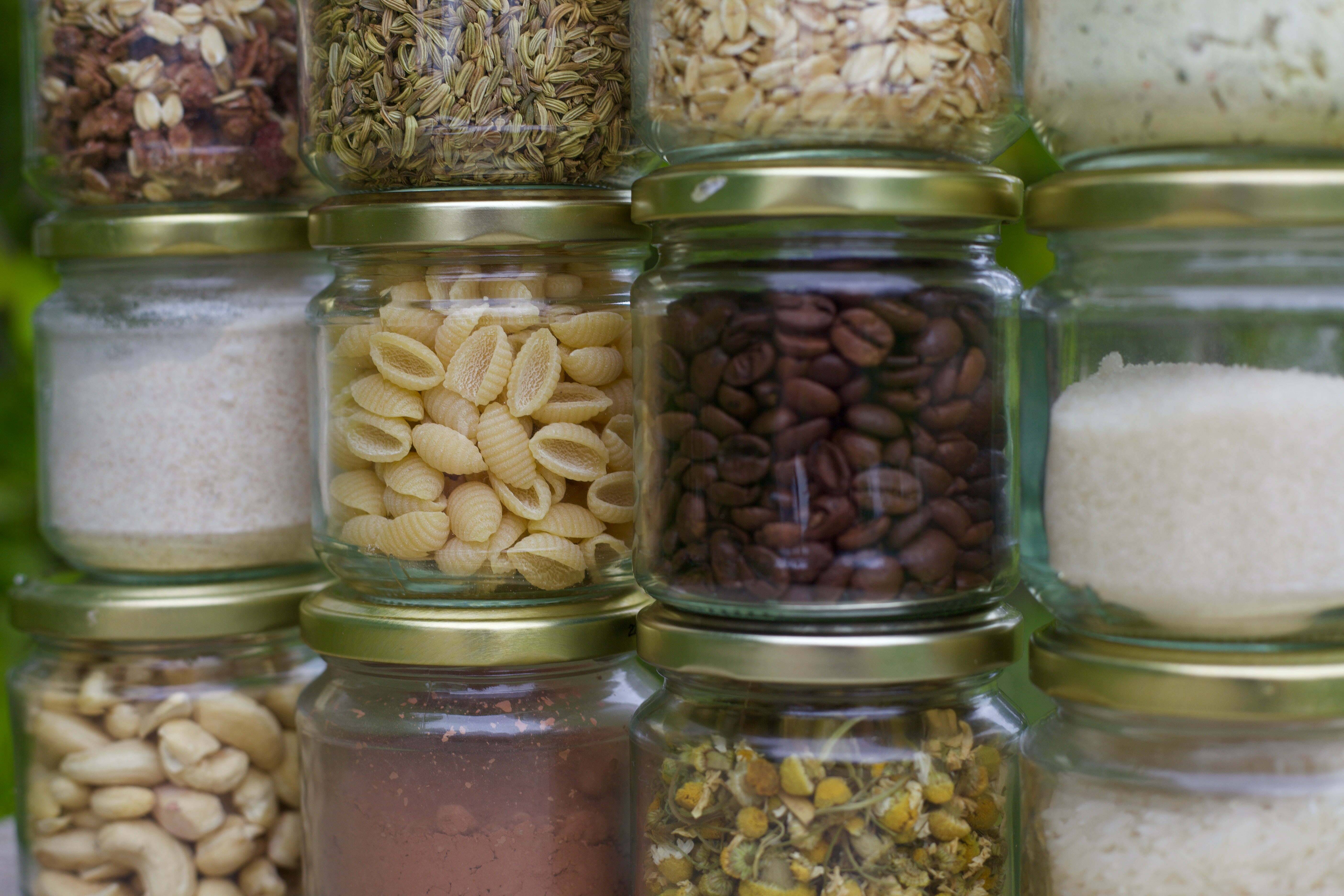
Airtight Containers:
- Importance: Airtight containers are essential tools in the fight against pests. By sealing food items, they cut off the scent trails that many pests follow.
- Selection: When choosing containers, opt for those made of sturdy materials like glass or thick plastic. Ensure the lids fit securely, offering no gaps.
- Storage Tips: Label containers with dates to keep track of freshness. Store frequently used items at the front for easy access and regularly check for any signs of damage or wear.
Refrigeration:
- Importance: Cold temperatures slow down or halt the growth of harmful bacteria in food. Additionally, most pests cannot thrive in cold environments.
- Organizing the Fridge: Place raw meats in separate containers or sealed bags at the bottom shelf to prevent any juices from contaminating other foods. Regularly check expiry dates and consume or dispose of items accordingly.
- Maintenance: Clean the refrigerator periodically, removing any spilled food or drink. This not only prevents pests but also ensures the appliance runs efficiently.
Prompt Storage:
- Importance: Leftovers, if left out, can quickly become a breeding ground for bacteria and a magnet for pests.
- Post-Meal Routine: Make it a habit to store away leftovers immediately after meals. This reduces the window of opportunity for pests to access them.
- Storage Tips: Use clear containers for leftovers to easily identify the contents. Label with dates to ensure food is consumed while still fresh.
Pet Food Management:
- Importance: Pets, while being beloved family members, can inadvertently attract pests due to their food. Pet food, if not stored correctly, can be an easy target for pests.
- Feeding Routine: Establish a feeding routine for pets, offering food at specific times and removing uneaten portions promptly.
- Storage: Just as with human food, use airtight containers for pet food. This prevents pests from accessing it and retains the food’s freshness.
- Cleanliness: Regularly clean and sanitize pet food bowls. Pests can be attracted to even the tiniest remnants of food.
Incorporating these food storage methods into daily routines ensures a two-fold benefit: fresh, healthy food for consumption and a significant reduction in the risk of pest infestations. Proper food storage practices are not just about hygiene but also about creating an environment where pests find it challenging to thrive. Sydney’s Choice for Pest Control – Professional and Friendly Service, Call 1300 119 085.
Seal Gaps: Prevention Through Physical Barriers
Structural gaps in residential spaces are one of the most common reasons for pest invasions. Such gaps, often unnoticed by the inhabitants, serve as doorways for a variety of pests from insects to rodents. Homes with a rich history, particularly older ones, are more susceptible to wear and tear over time. But it’s not just about entry; these gaps can also provide a safe haven for pests. For instance, the warmth and darkness of wall cracks can be an ideal nesting spot for ants, while spiders often find shelter in the gaps around windows or in the attic. Addressing these physical gaps is a proactive approach to pest prevention, ensuring that they don’t find an entry point in the first place.
Regular Inspection:
- Importance: Routine inspections can help in early identification of potential entry points before they become a significant problem.
- Procedure: Focus on the home’s exterior, as most pests originate from outside. Check the foundation for any cracks, especially in older homes. Inspect around windows and doors for gaps. The roof, particularly areas around chimneys or vents, can also be susceptible.
- Seasonal Checks: As weather conditions change, so can the structural integrity of a home. Conduct inspections, especially after extreme weather conditions like heavy rains, snow, or high winds.
- Importance: Routine inspections can help in early identification of potential entry points before they become a significant problem.
Caulking:
- Importance: Caulking is an effective and relatively simple method to seal off small gaps and cracks.
- Procedure: Clean the area to be caulked, ensuring it’s free of dust or debris. Apply silicone-based caulk using a caulking gun, smoothing it out for a neat finish.
- Tips: Opt for weather-resistant caulks, especially for exterior gaps. For larger cracks, consider using expandable foam before sealing with caulk.
Mesh Screens:
- Importance: Mesh screens not only prevent pests from entering but also allow for ventilation, ensuring a comfortable living environment.
- Procedure: Measure the area where the screen is to be installed, be it a window, vent, or chimney. Cut the fine mesh screen to size and secure it in place. Ensure there are no gaps around the edges.
- Maintenance: Regularly inspect and clean mesh screens. Over time, they can accumulate dust or get damaged, reducing their effectiveness.
Sealing gaps is a foundational step in pest prevention. While chemical repellents and pest treatments have their place, physically blocking entry points offers long-term benefits, making the home less hospitable for unwanted guests. By integrating these steps into regular home maintenance routines, homeowners can enjoy a more comfortable and pest-free environment.
Cleaning: Maintaining a Pest-Free Environment through Hygiene
A clean environment is synonymous with a healthy living space. This not only relates to the visual and olfactory appeal of a home but also its susceptibility to pest infestations. Pests are attracted to clutter, dirt, and residues as these often provide them with both shelter and sustenance. A dirty kitchen, for example, offers a banquet for pests like cockroaches and ants, while a cluttered attic can be an ideal nesting spot for rodents. Therefore, cleanliness isn’t just about aesthetics or personal hygiene; it’s a fundamental preventive measure against pests. By maintaining a clean home, you’re essentially removing the incentives for pests to take up residence.
Daily Routines:
- Importance: Incorporating cleaning habits into your daily routine ensures that your home remains uninviting to pests on a consistent basis.
- Procedure: Simple tasks can have a significant impact. This includes wiping down kitchen counters after cooking, ensuring no crumbs are left behind, washing dishes promptly, and sweeping floors to remove any food particles.
- Tips: Make it a habit to clean up immediately after meals. Store cleaning supplies in accessible locations to make the process more convenient.
Deep Cleaning:
- Importance: While daily cleaning addresses surface issues, deep cleaning targets hidden spots that might harbour pests.
- Procedure: Schedule periodic deep cleaning sessions. This involves vacuuming under furniture, cleaning behind appliances like the refrigerator or oven, and organizing storage areas like closets and pantries. Dust and wash curtains, and clean out any unused items or clutter.
- Frequency: Depending on the size of the home and the number of occupants, consider deep cleaning every month or at least once a quarter.
- Importance: While daily cleaning addresses surface issues, deep cleaning targets hidden spots that might harbour pests.
Bathroom Maintenance:
- Importance: Bathrooms, due to their damp nature, can be attractive to certain pests like silverfish, cockroaches, or even mould mites.
- Procedure: Ensure bathrooms are well-ventilated, especially after showers or baths. Use exhaust fans or open windows to reduce humidity levels. Regularly check for and fix any leaks, whether from faucets or pipes. Wipe down surfaces regularly to prevent water accumulation.
- Tips: Invest in dehumidifiers if your bathroom remains damp. Store items like towels, toilet paper, and other supplies in closed cabinets to prevent them from becoming pest-nesting spots.
Regular cleaning not only ensures a pleasant living environment but also acts as a robust defence mechanism against pests. When a home offers neither shelter nor food, pests have little reason to invade. Hence, the adage “cleanliness is next to godliness” takes on a new meaning, signifying a home that’s both divine to live in and devoid of pesky invaders.
Landscaping: Creating a Barrier Between Nature and Home
Landscaping is often seen as a way to enhance the aesthetic appeal of one’s home. While a well-maintained garden or yard indeed adds beauty, its maintenance has implications far beyond just visual charm. Landscaping plays a pivotal role in pest prevention. An unkempt yard can serve as an ideal breeding ground for various pests, offering them shelter, food, and breeding spots. Over time, these outdoor pests can find their way indoors, escalating the problem. Therefore, proper landscaping is not just about curb appeal; it’s a strategic move against potential pest invasions.
Trimming Vegetation:
- Importance: Overgrown trees or shrubs, especially those close to the house, can serve as bridges for pests like ants or rodents to enter your home.
- Procedure: Regularly prune trees, ensuring branches don’t touch or overshadow the house. Trim shrubs and bushes, especially those near windows, walls, or foundations, to create a gap between the vegetation and the home.
- Tips: Pruning during dormant seasons can help in promoting healthy growth and prevent diseases in plants.
Yard Cleanliness:
- Importance: Accumulated organic matter like fallen fruits, leaves, or nuts can be a magnet for pests, offering them sustenance.
- Procedure: Adopt a routine yard cleaning schedule. Rake fallen leaves, remove rotten fruits or nuts, and dispose of them properly. If you have a compost pit, ensure it’s well-maintained and situated away from the home.
- Frequency: While seasonal changes might dictate the frequency, it’s advisable to inspect the yard at least once a week.
Mulch Management:
- Importance: While mulch is great for retaining soil moisture and suppressing weeds, it can also attract pests, especially if it’s too close to the home’s foundation.
- Procedure: When using mulch in garden beds, maintain a gap between the mulch and your home’s foundation. This buffer zone deters pests like termites or ants from migrating from the mulch to your home.
- Tips: Consider using alternatives like rubber mulch or crushed stone in areas close to the house. These materials don’t attract pests like organic mulch does.
Proper landscaping is a dual-purpose endeavour. On one hand, it uplifts the beauty of your home, and on the other, it fortifies your defences against pests. By adopting and maintaining these landscaping methods, homeowners can enjoy the tranquillity of their gardens without the worry of unwelcome critters making their way inside.
On-Time Service

5 STAR SERVICE BASED ON 100+ GOOGLE REVIEWS
PET & FAMILY FRIENDLY TREATMENT

ALL YEAR-ROUND PROTECTION
GET FREE QUOTE
Schedule a consultation with a Sydney pest control specialist today! Call
8
REASON TO CHOOSE SAFE PEST CONTROL
- Guarantee protection all year-round
- 30 Years Collective Experience
- An impeccable reputation across Sydney's Suburbs
- Certified treatments & written Warranty On all work carried out
- Family Owned & Operated
- Rated #1 Ant Control In Sydney
- No Mess, No Smell
- Family & Pet Friendly Treatments



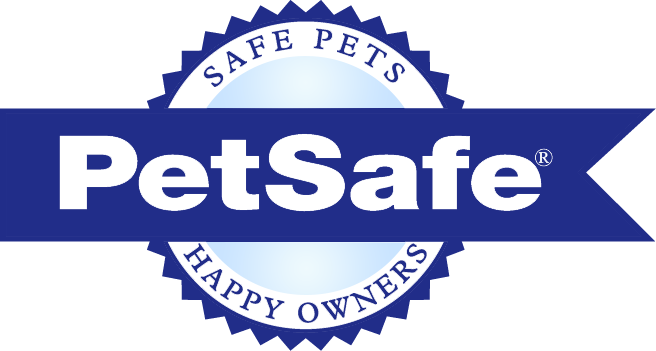

Book Your Free Ant Inspection Online
We Specialise In the following Sydney pest control Services

Fleas

Cockroaches

Silverfish

Rats

Spiders
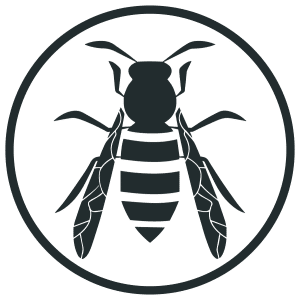
Wasps
WE ARE HERE MON-SAT 8AM TO 5PM, CALL US NOW
Certified ant pest control treatment for :
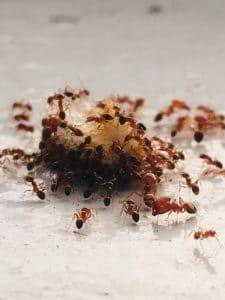
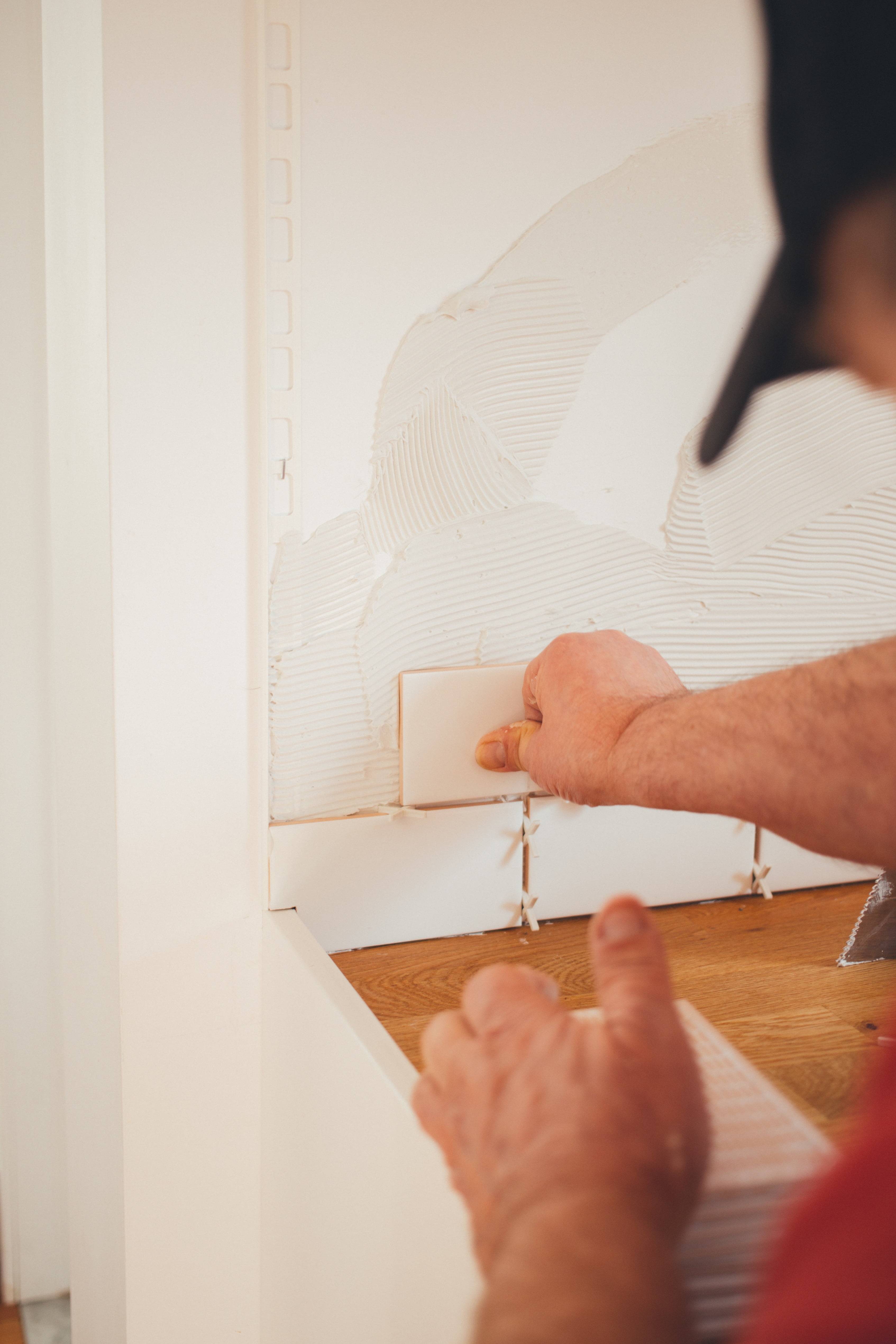
Exclusive Offer: Call 1300119085 Today to Enjoy a 10% Discount!
Partner with Safe Pest Control Sydney, a service that is dedicated to both effectiveness and environmental responsibility. Don’t miss our special limited-time promotion to guarantee a pest free house.
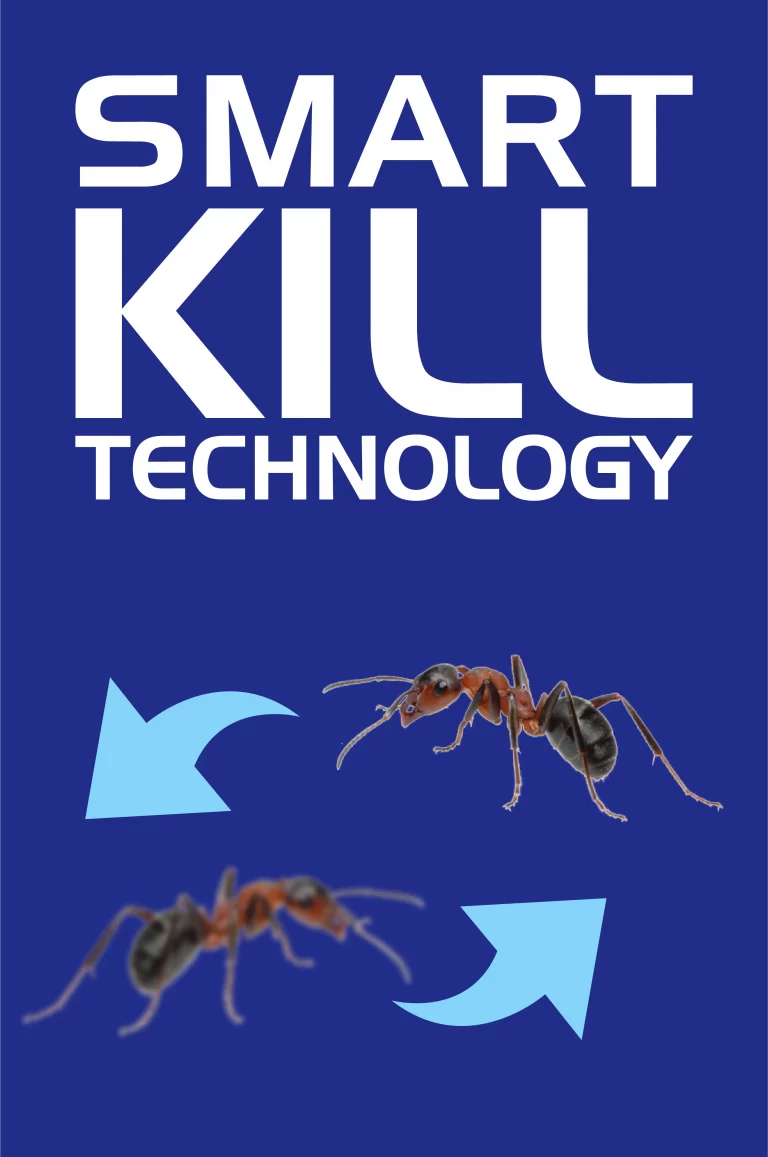
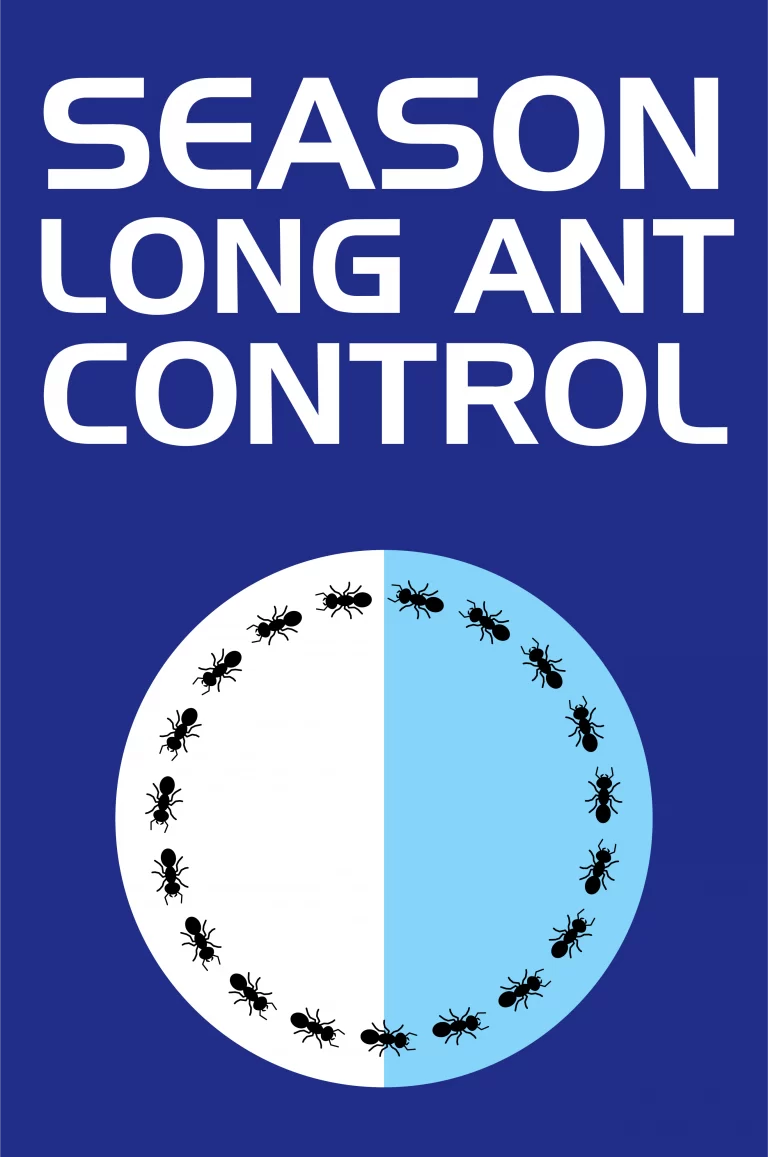




Proud Member of Australian Environmental Pest Control Association
